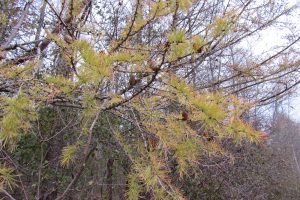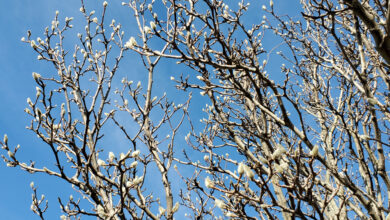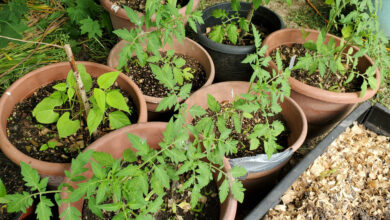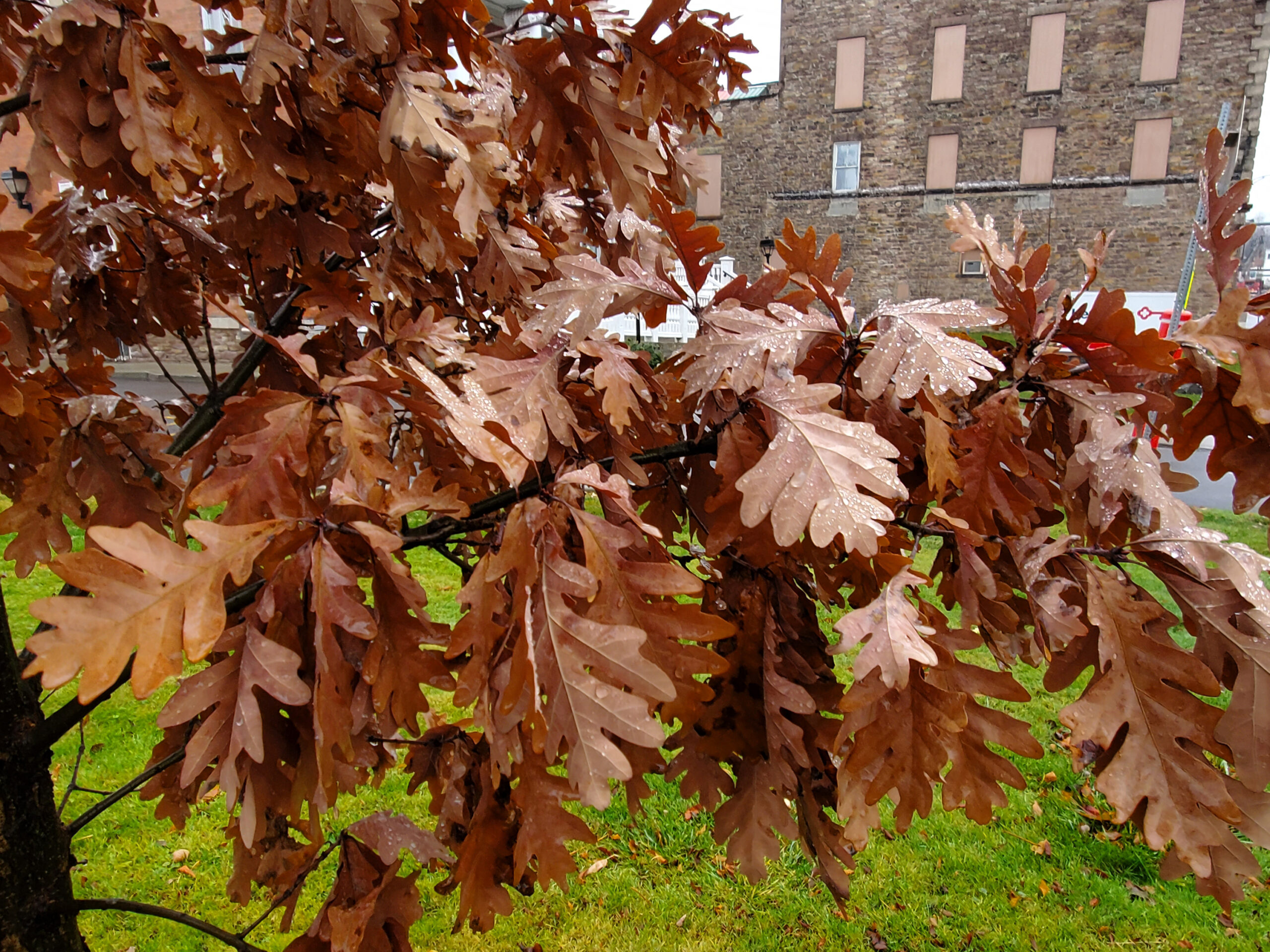Deciduous conifers
The list of deciduous conifers is pretty short and refers to trees which drop their needles (leaves) during autumn and are dormant all winter. Dawn redwood, bald cypress and tamarack are three such trees. This column will focus on Larix laricina, commonly known as tamarack, eastern larch, American larch or hackmatack.

Larix laricina is a native North American tree whose soft, green needles turn brilliant yellow in the fall and drop to the ground. The trees, with small pine cones still attached, can look like bare skeletons during the winter, but their winter dormancy means they can survive into the far north of Canada and even near the Arctic Circle.
The native variety grows best in boggy soils and wet, poorly-drained woodlands, but can be found in landscaping where it has been transplanted. Eastern larch grow to 40 to 60 feet tall and have an open, pyramidal shape. The green needles are arranged in brush-like clusters at the ends of short spur-like shoots which are spaced along the branches. The bark is a scaly reddish-brown.
According to the University of New Hampshire Cooperative Extension, larch is the only tree in winter with cones and no needles, and the oval cones can remain on branches for years after the seeds are released.
Come springtime, tufts of light green, inch-long needles create a soft look which darkens slightly for the summer.
New Hampshire Extension explains that the seed can be difficult to germinate, but once germinated, young saplings are relatively easy to transplant.
The native species has an interesting history. The wood is tough and rot resistant and root strings were used by Native Americans for sewing birch bark canoes. New Hampshire Extension says Native Americans also used the bark for medicine. Colonists used larch for shipbuilding, and before and during the Civil War, it was common to plant at least one larch in a town cemetery to symbolize winter death and springtime re-birth.
It is typical for European Larch (Larix deciduas) to be used for landscaping purposes. It will grow larger than the American larch and tolerates warmer temperatures. However, larch typically are not used for landscapes due to their dead-looking appearance in winter and the mess which can be caused by fallen needles. They can add interesting late season color to a large landscape, and because they are so hardy, may also be a good choice for wet areas of your landscape or for rain gardens, if you have the space. There are also varieties such as “weeping larch” which are available for smaller landscapes.
Although larch is one of the few conifers to drop all its needles and enter dormancy in autumn, it is not unusual for evergreen conifers to drop some needles in the fall.
If you have noticed your evergreen conifers dropping needles this fall, it may be part of a normal process.
Depending on the species, conifers typically hold their needles for three to seven years. Evergreen conifers typically shed old, inefficient needles in the fall.
This needle drop can cause concern from homeowners, but usually it is normal. However, drought and insect damage can also cause needle loss. If the tree still looks relatively dense following needle drop, it is probably normal. If the tree looks thin, or needles are dropping earlier in the season, the tree may be stressed. Look for insect damage or water if conditions have been dry.







